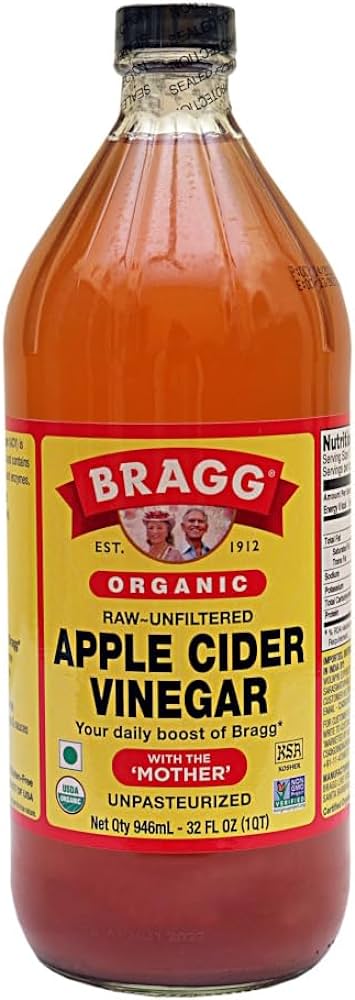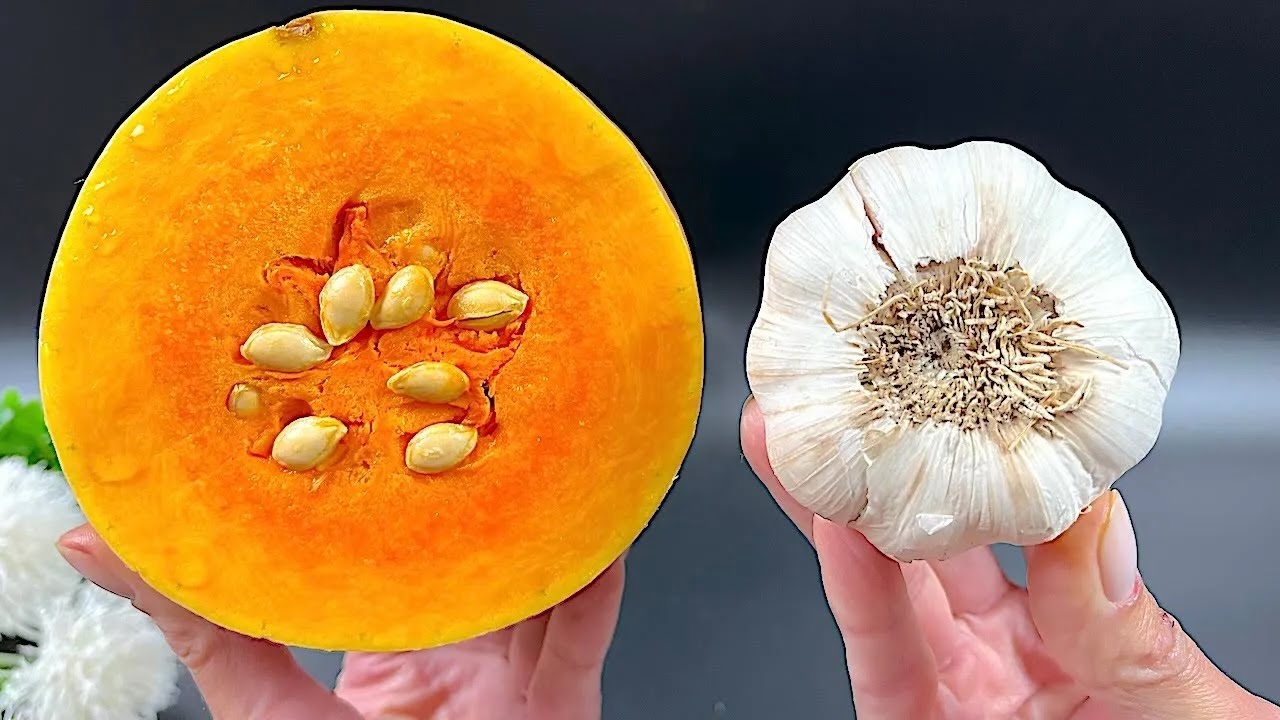
Have you ever thought about making your own apple cider vinegar (ACV)? It’s not only a satisfying project, but homemade ACV is fresh, full of natural enzymes, and you can be sure it’s made with the best ingredients. Here’s a simple guide to making apple cider vinegar at home.
What You’ll Need
-
Apples: Any type of apple will do, but for the best flavor, use a mix of varieties. You’ll need about 5-6 large apples to make one liter of vinegar.
-
Sugar: You’ll need 1 tablespoon of sugar for each cup of water used.
-
Water: To cover the apples.
-
A large glass jar: Make sure it’s thoroughly cleaned and sterilized.
-
Cheesecloth or a similar breathable material: This is for covering the jar, allowing air in and keeping bugs out.
Instructions
Step 1: Prepare the Apples
-
Wash the apples thoroughly to remove any pesticides and cut them into small pieces. You can use the cores and peels as well, so nothing goes to waste.
Step 2: Start the Fermentation
-
Place the apple pieces in the glass jar. Dissolve the sugar in water and pour it over the apples until they are completely submerged. More sugar can speed up fermentation, but stick to a mild sweetness to start.
-
Cover the jar with cheesecloth and secure it with a rubber band or string. This setup allows the natural yeast in the air to start the fermentation process.
Step 3: Let It Ferment
-
Keep the jar in a dark, warm place for about 3-4 weeks. You can stir the mixture every few days to help release the gases that build up during fermentation.
-
After a few weeks, the apples will sink to the bottom, and the liquid will start to clear a bit.
Step 4: Strain and Second Fermentation
-
Strain out the solids and pour the liquid back into the jar. Cover it again with the cheesecloth.
-
Let it sit for another 4-6 weeks, stirring it every few days. During this time, the alcohol from the first fermentation turns into acetic acid, giving vinegar its tangy taste.
Step 5: Taste and Store
-
Taste your vinegar. If it’s to your liking in tartness and strength, it’s ready to be bottled. If not, you can let it ferment longer.
-
Store the finished vinegar in sealed bottles. Unlike commercial products, homemade ACV will not expire but can change in flavor and acidity over time.
Conclusion
Making your own apple cider vinegar is a rewarding process that yields a versatile product you can use in salads, marinades, or as a health supplement. Enjoy the fruits of your labor and the rich, full flavor that only homemade vinegar can offer!





